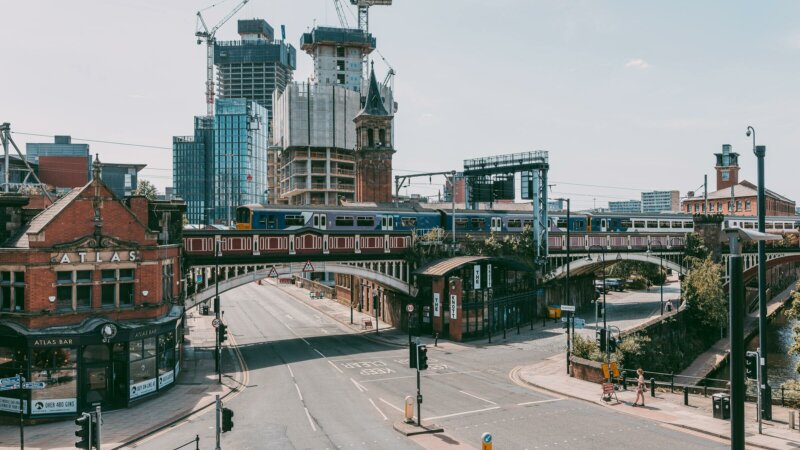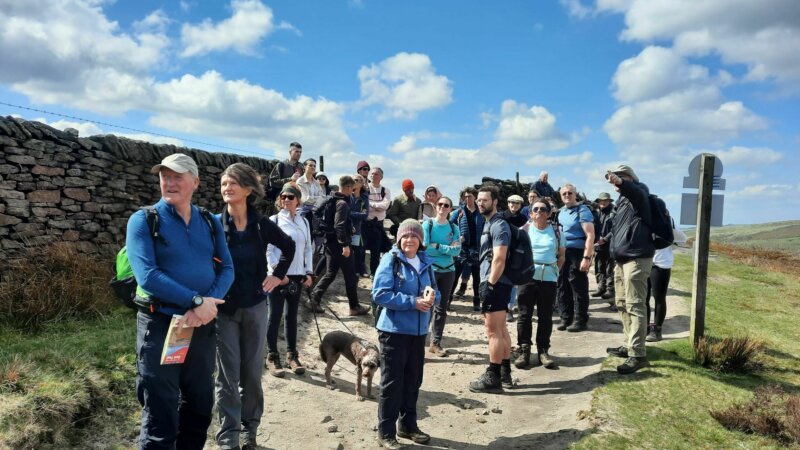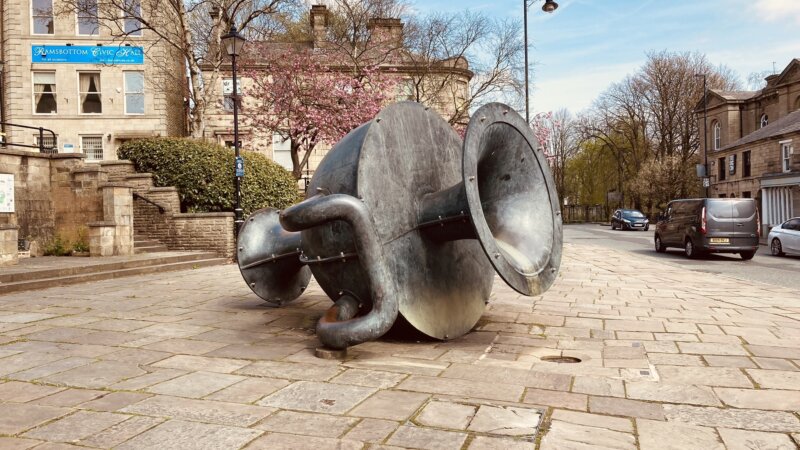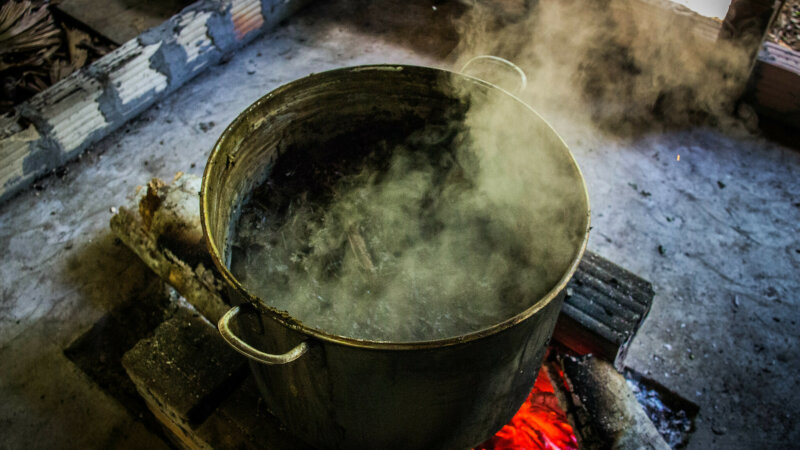FLÂNEUSE: A City For Women
Ten years ago I created a character for a song – a laddish, coked-up yuppie. He said to his mates, “Have I told you before, guys, that I fought in the Falklands? Well, it sounds exotic but my life was much more symbolic when I worked in the Docklands, ‘cos Maggie cut me a big slice.”
He’s been following me around lately, lurking in the shadows, and he’s turning into a proto-fascist. He reckons Trump might be just what the world needs — you know, to shake things up a bit. And he doesn’t trust women. I don’t think it’s a coincidence that, amidst the catastrophic mess that is unfolding in the US, the beacons of hope have been feminists. I’m thinking of Michelle Obama, Meryl Streep, Bernie Sanders. The role of women in a society defines that society, but what about a city? What would a feminist city look like?
In her recent book, Flâneuse: The Feminine Art of Walking in Cities, Lauren Elkin peers into the gaps between men’s and women’s experience of the city. She paints the male of the species, the flâneur, as a disengaged observer, set free to make judgements about what he sees. But the flâneuse is acutely aware of the lens through which she herself is observed, and she comments on the lens. She doesn’t want to be invisible. She wants to be free to do as she chooses and she wants people to think well of her for doing it. Don’t we all?
Docklands always used to be no-go areas for women. Men went there to do honest, rough jobs on the docks, and then later to be gangsters or drug dealers, buy sex, or turn up dead in crime dramas. Yet the odd thing is, when docklands areas have been gentrified, they’ve remained rather nastily macho. Phallic office buildings, vying for attention, are filled with dog-eat-dog jobs that swirl around in a sea of testosterone. Outside, oversized cars lurch aggressively around bald, asphalt dance floors, jealously eyeing each other’s alloys. Plenty of women work in these places, but the alpha male sets the tone.
I’ve always enjoyed walking through the in-between spaces of cities. I’ve worked out how to respect, but not fear, the slightly dodgy paths, lined with mangy old brick workshops and vandal-proof railings. Greater Manchester has its quays, rivers and meandering canal sides that are gradually being made over, given footpaths, cyclepaths, pocket parks and funky little bridges. It’s an exciting alternative reality: railway arches, dark corners of industrial archaeology, swanky converted works, with different colours and acoustics from the rest of the city. But this makeover has one huge flaw: it excludes women. The flâneur unwittingly shares his invisibility cloak with the mugger. Some lycra-armoured cyclists may be concealing their gender, but I rarely see a woman on foot in these places, and if I do I find myself checking that my body language, my walking pace, my distance from them, don’t seem threatening.
Those in-between spaces are not full of danger. They’re full of people taking a short cut, or escaping the exhaust fumes of the main road, or even trying to catch a fish. But if women don’t feel safe there, then there are no in-between spaces in their city. My wife is more than my equal in her work and at home, but she can’t share my experience of the city.
I want to live in the city where the flâneuse can walk day or night, meandering, observing, without fear. To find that city, we need to look not at the view, but at the lens. When eye contact is the norm, we can’t ignore the broken man who calls a piss-stained doorway home. When human interaction in a shop is a life-enhancing moment, the automated checkout is redundant. Until that city exists, feminism has its work cut out.
With thanks to Ana, Antonia and Heather








